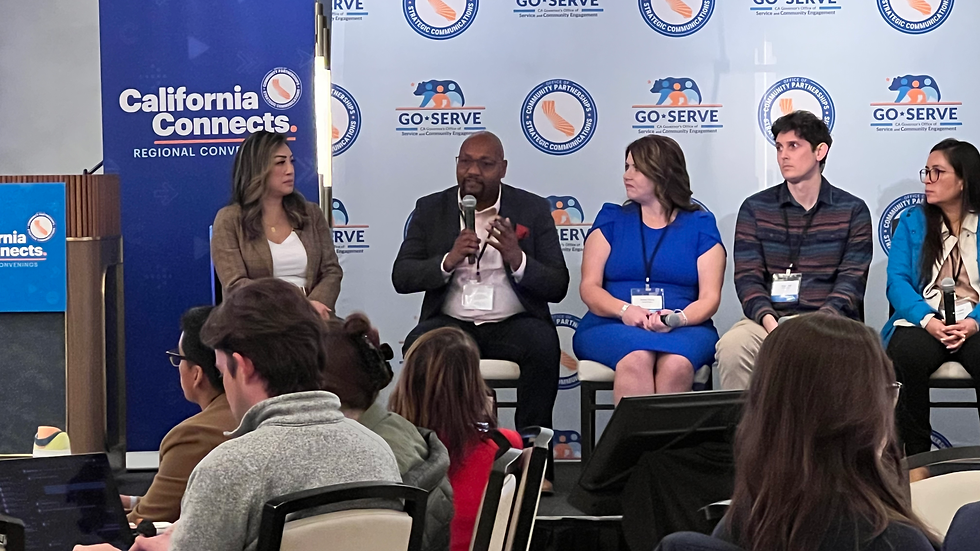PG&E has several programs that can help low-income families save on energy costs
- INFO-MD Staff

- Oct 9, 2018
- 3 min read

The U.S. Energy Information Administration recently released the Winter Fuels Outlook data that predicts that average household cost for all major heating fuels will rise because of colder weather that is forecast this year. This could mean higher energy bill costs for households just as the Residential Consumption Survey (RECS) found that one in three U.S. households face challenges in paying their energy utility bills.
This is one of the reasons Pacific Gas & Electric (PG&E) offers many programs like CARE, FERA, ESA and REACH to assist customers with their energy bills.
Marlene Murphy-Roach, director of the Income Qualified Programs at PG&E, said, "as a service provider, we want to ensure that we have the right programs to address the unique needs of disadvantaged communities as well as the lower income or the limited income customer segment."
RECS found that lower-income households "reported reducing or forgoing necessities such as food and medicine to pay an energy bill." Also, households surveyed by RECs also reported, "keeping their home at an unhealthy or unsafe temperature" because they couldn't pay their energy bill.
The Energy Assistance Program (ESA), Murphy-Roach said, also provides customers information on how to reduce energy usage during the wintertime. The ESA program is available to customers who are qualified for California Alternate Rates Energy (CARE), including homeowners and renters. Customers can get weatherization, such as weather stripping, attic insulation and replace older, inefficient appliances, such as refrigerators.
Customers can also sign up for Budget Billing during the wintertime, said Murphy-Roach, "to help level the bill and remove the peaks they will see in the winter months or the summer months when they are using lots of heat or air conditioning." Customers can further become aware of their energy use through Bill Forecast Alerts, "which sends notifications to help customers avoid the surprise of a high bill and take action early to change behaviors to better control usage."
Also, "customers who find themselves in tough situations, experience a real hardship [where] they cannot pay their bill," she says, have a one-time chance to apply for a program called REACH (Relief for Energy Assistance Through Community Help). Customers can use REACH once every 18 months to gain assistance through community help which pays for customers utility bill during an emergency.
Another program she recommends is the Home Energy Checkup, which helps customers, get a self-assessment and personalized energy plan to help them save money. The Home Energy Checkup is designed to give " immediate tips and tricks that [customers] can use and execute…so that they can take control of their usage." She said, "all you have to do is sign up online and become informed."
"For me, this is more than just a job, for me, this is having a job that actually makes a huge difference to a lot of our customers," says Murphy-Roach. "We are committed to get to the hard to reach communities," Murphy-Roach says and she wants to make sure people are "aware of all the different discounted programs… and that those programs can be combined." She says that she wants to ensure that the faith-based organizations and the community-based organizations recognize that programs can be combined to really help the impact and drive down the average bill for customers who qualify for the programs. "We want to get to a place where a one hundred percent of all the customers that qualify for their programs are enrolled," said Murphy-Roach.








Comments